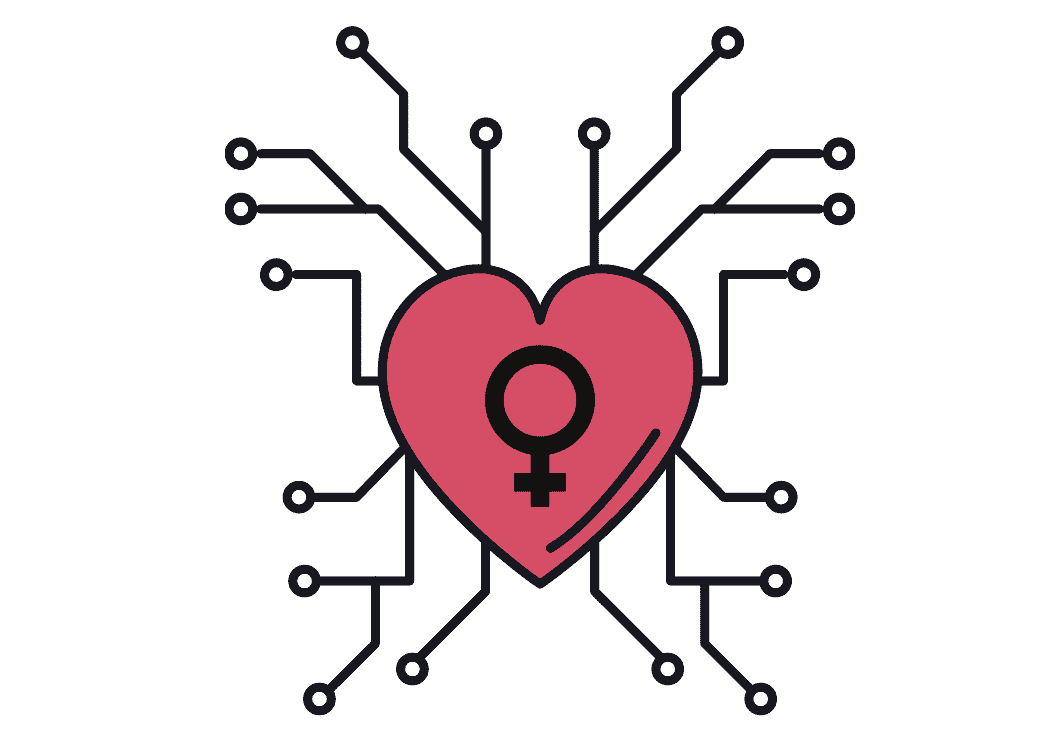
As my mom grasped the phone to check her app, the only thing on her mind was to check in on a friend that was miles away. Innovations in technology have made it so that my mother, and perhaps, many other women, now feel empowered by connections developed in virtual spaces during this novel time. As I reflect on my experience of the COVID-19 pandemic, I can’t help but think that it has forced me to explore some good that lies in social distancing and help me to feel grateful that I live in a digital age.
Staying in Touch: A Feminist Approach
The social distancing measures during the pandemic have changed my perceptions of the word “community” and “connection.” Women often bond over common hardships and obstacles, which in this case is the COVID-19 pandemic. We are all experiencing similar hardships to a certain degree. Studies corroborate with this notion as well. According Staeheli (2003), women use the concept of community to establish common ground and shared experiences that help them overcome hardship.
Before the COVID-19 pandemic, having close physical proximity did, in many ways, offer women bonds and strength within their respective communities. During these troubled times, however, technology has allowed us to know that there are universal feelings of anxiety, overwhelm, fear, stress, and loneliness. This allows us to witness the transformative power of emotional connection. It is possible women across communities feel a sense of comfort in knowing they are not alone and that they belong to more communities and networks than they realize.
The Ever-Expanding Role of Technology
I understand that there are many counter-arguments on the impact of technology on our well-being. However, I don’t necessarily think we have many other options. We need technology during this time and we need to find ways to ensure we are comfortable with using technology to connect. We have to ensure we physically distance, not emotionally disconnect. This emotional connection is the engagement we have with the user behind the screen, not with the device.
Much of our aspects of life have been shifted to online. With the right amount of online safety training and digital literacy, women can feel more confident using digital spaces to seek help. Women use social media, online chat and text services, virtual girls’ programming to stay connected. Through efforts to encourage women’s digital usage, not only could we further emotional connection post-COVID-19, but there is potential for women to bolster their economic security, enhance their autonomy and safety.
While my daily screen time has never been higher, as a young woman I find myself using technology in a positive and meaningful way. As a result of staying in touch with friends and family members, writing letters to vulnerable populations, and providing peer support clients online, I am experiencing a feeling of interconnectedness differently than before. While this experience may or may not resonate with you, I think it is an opportunity to reflect and discuss the role of technology in keeping women connected.
Staeheli, L.A. (2003). Women and the Work of Community. Environment and Planning A: Economy and Space, 35(5), 815–831.
Let's stay in touch
Get WomanACT news delivered to your inbox.